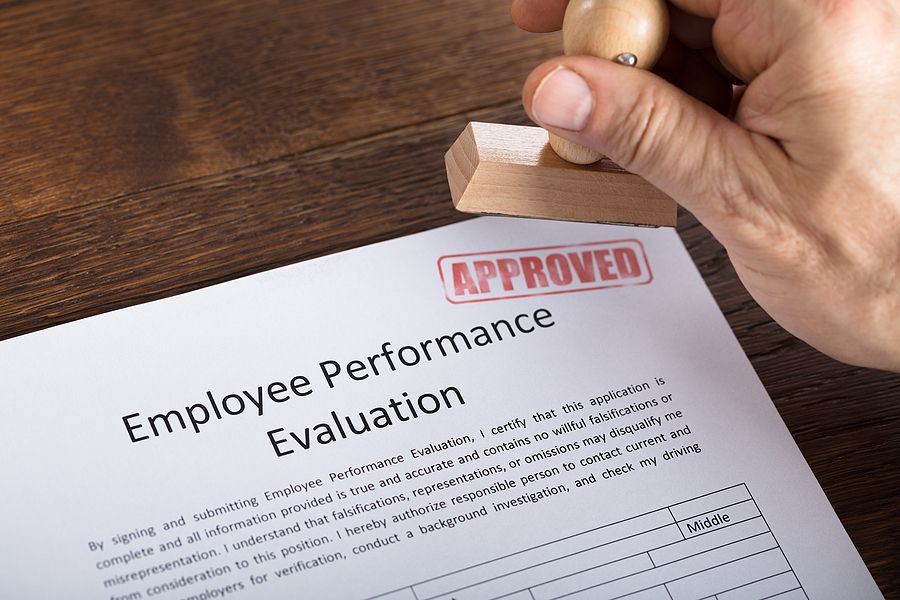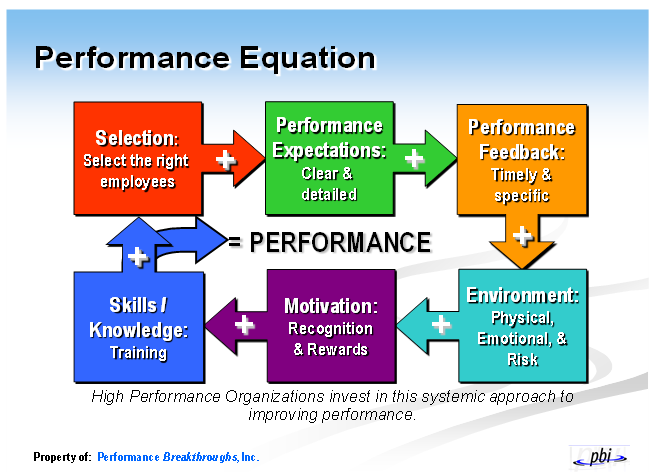
Finally, a Formula to Improve Employee and Team Performance
Why do we look forward to the weekends so much? Does work HAVE TO BE this way?
Many workplaces have high performance … and they can be a joy to work in if you enjoy what you do.
For others, it can be “Sunday nights suck” and “How did I ever get here?”
Much of this grief is caused by poor performance – of executives, leaders, managers, supervisors, front-line workers, and your peers (at whatever level).
I use the “Performance Equation” below to diagnose and prevent performance problems.

- Get the right people on the bus and in the right seat (role). Nothing can overcome mistakes here.
- Provide clear performance expectations. Most people dread trying to guess what’s in your head.
- Delivering feedback can be hard. Many of us avoid it. Think of it as a gift – telling people what you liked and want them to continue … and what you want them to change and why.
- Equip people to succeed. Don’t forget the time needed. Also a healthy emotional and risk environment.
- Give appreciation and recognition for positive behaviors and results. Hold poor performance accountable.
- Finally, training can improve knowledge and skills, but cannot overcome earlier gaps in the equation. Dr. Robert Mayer: “Can the person do the task if their life depended on it? If so, they don’t need training.”
There’s a lot more to this approach, but I can tell you that it REALLY works in diagnosing and minimizing workplace performance problems – for individuals AND for teams. As a best practice, it can provide a framework for equipping high performance. Note to leaders: USE THIS!
This is our strike zone. Bring me your toughest challenge.
